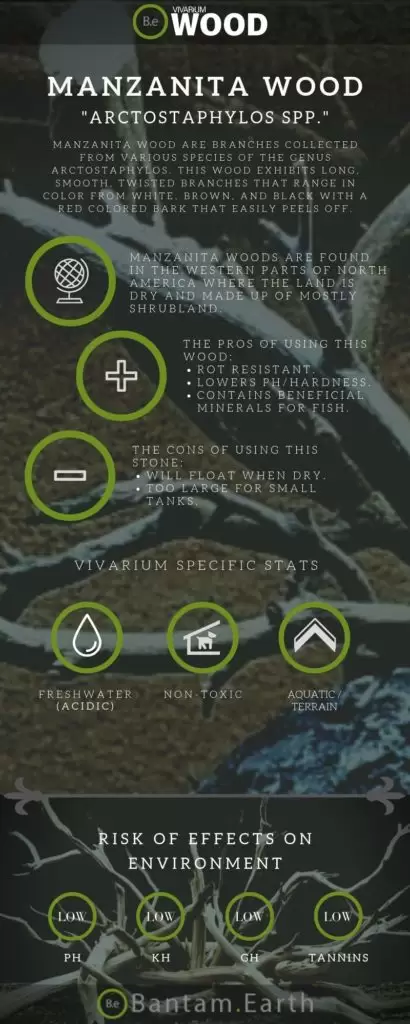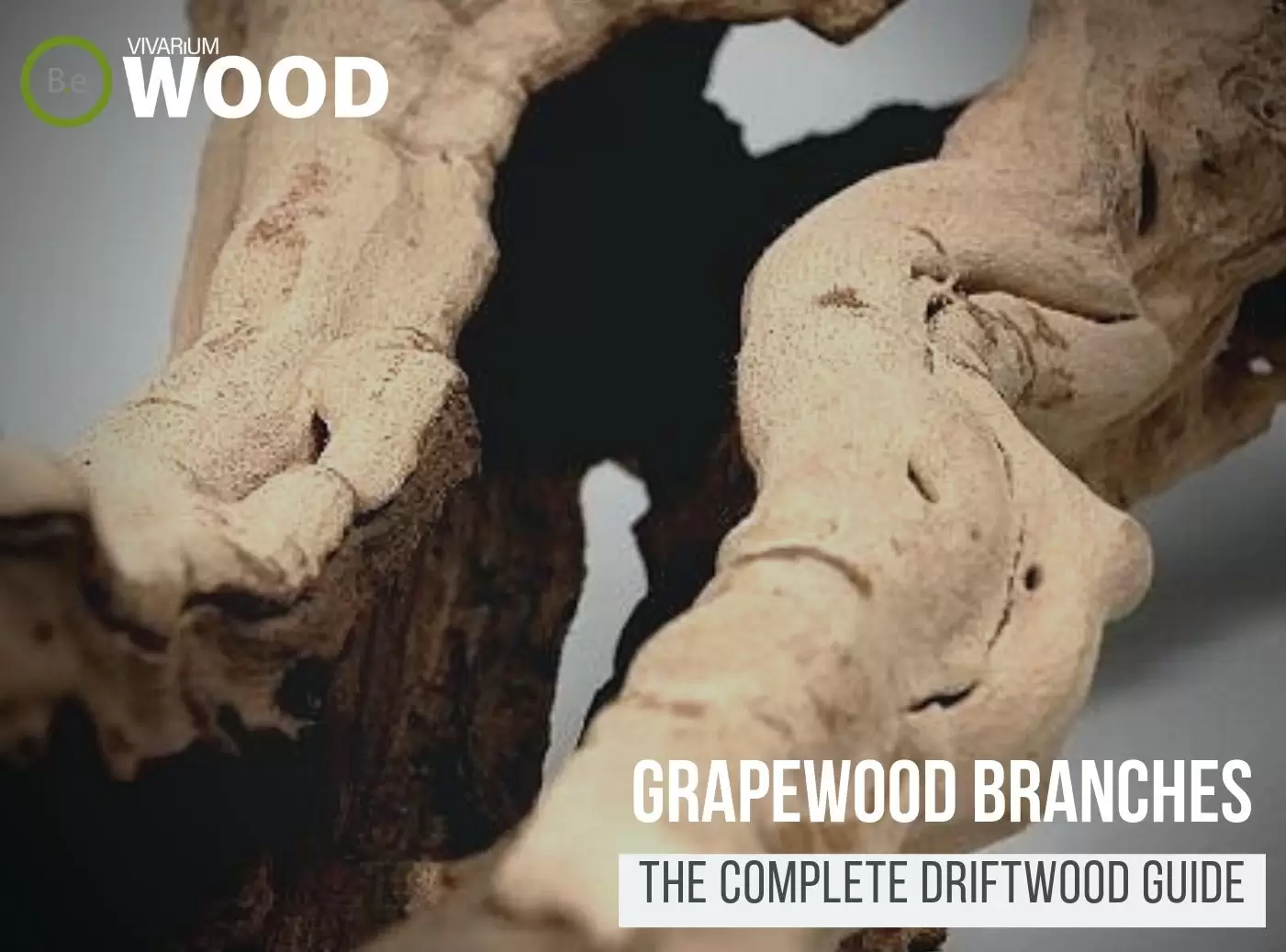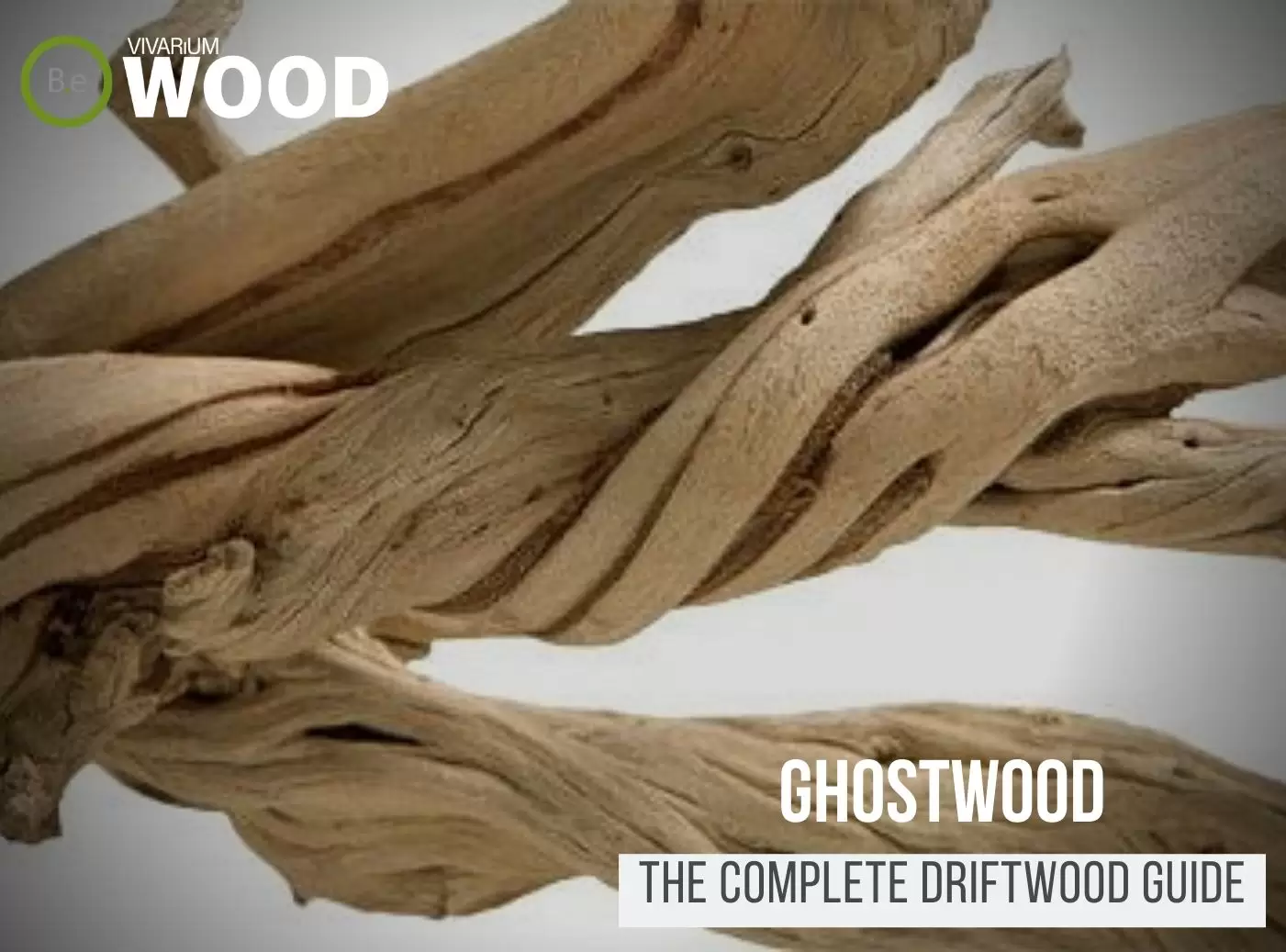When deciding on suitable driftwood for a vivarium, Manzanita Branches are a great choice to consider.
These woods come in a variety of fashions and provide many benefits for aquariums as well as terrariums.
These driftwoods are long-lasting and very eccentric materials to use for decoration.
This article will act as a definitive guide to a better understanding of Manzanita Wood as a hardscaping tool.
| Quick Stats: | |
|---|---|
| Scientific Name | Arctostaphylos Spp. |
| Botanical Name | Red Manzanita Branches |
| Other Common Names | Manzanita Wood, Chaparral Manzanita Branches |
| Origin (Habitat) | Western North America (Shrubland, Heathland) |
| Height | Up to 36in |
| Color | Red, White, Brown, Black |
| PH Impact | Acidic |
| Plant Type (Sector) | Tree, Shrub (Branch) |
Table Of Contents:
ToggleWhat Is Manzanita Wood?
Manzanita Wood is a branch collected from shrubs often referred to as manzanita trees.
The term “manzanita” is a general name used to identify many species within the genus Arctostaphylos.
These trees produce hard and durable wood used as scaping material in many types of vivariums.
Practical uses range from driftwood placed in aquariums for decoration to bird perches placed in aviaries for exotic parrots.


Manzanita Wood Facts
Manzanita Wood is considered a softwood due to being an evergreen shrub.
This type of softwood is unusually denser and more durable than many others and will naturally decay at a much slower rate as well.
The trees these branches are harvested from produce both flowers as well as berries.
When alive, it is a hardy plant that can tolerate poor soils and long periods of drought.
Description
Some Manzanita shrubs will grow into small trees as tall as 20 feet in height.
The wood is a moderately dense fibrous material with smooth bark.
Branches sold from this tree typically range in length between 18 to 36 inches long.
It has long stalks that are twisted and narrow in appearance.
The branches are covered in a thin layer of bark that will often range between red and reddish-orange.
When alive, the inner wood exhibits a greenish color that will turn white as the wood dries out.
The variations of the tree’s branches sold on the market today will either be with the red bark still attached or sandblasted off.
Habitat
Manzanita Wood is predominantly found in the western parts of North America.
These areas are commonly referred to as chaparral biome because it is made up of mostly shrublands or heathlands.
The climate is typically cold with short summers and little rain.
These conditions will yield long periods of drought and poor soil.
All of which Manzanita trees do just fine in.
Environmental Influence
Manzanita wood may not leech tannins at the rate other common types of driftwood will in water.
This will lead to little to no water coloration occurring in aquariums.
On the contrary, water parameters like pH and hardness will lower over time.
This can be extremely beneficial for softwater setups that require pH levels to be under 7.
Vivarium Type
Manzanita Branches will do great in a variety of vivarium types.
When deciding if rather or not to use this wood in a particular type of enclosure, Be sure to go with freshwater biotypes.
Here are recommended vivariums Manzanita wood will do well in:
- Paludariums – Half aquatic/ half terrain-based enclosure.
- Ripariums – Mostly aquatic-based enclosures with some terrain features present.
- Terrariums – Fully terrain-based enclosures with little to no aquatic features.
- Aquariums – Fully aquatic-based enclosure with no terrain features.
Vivarium Usage
Manzanita Branches can be used in many ways within a vivarium.
These types of driftwood can be used as both a hardscape as well as a substrate for many vivarium plants that are epiphytes.
They work well above and underwater, with or without bark depending on the circumstances.
In aquariums or ripariums, this wood makes an excellent hardscape material where fish can nibble on the branch.
It would be ideal to use it without bark due to the unsightly appearance of the bark peeling off over time.
Another note worth mentioning is that this wood will only remain submerged once it is dried out and cured.
Evergreen plants like Manzanita wood will retain their buoyancy when alive and green.
Freshly added driftwood will need to be anchored or pre-soaked for several weeks before sinking.
In terrariums and the land portions of paludariums, the red bark can be left intact with the wood to give off a more unique look.
Birds, reptiles, and amphibians will use the branches to stand or climb to higher positions within the enclosure.
Manzanita Wood being placed above water will not have to be pre-soaked but should still be securely placed.
Advantages
The greatest benefit of using Manzanita Branches compared to other vivarium driftwood is the low amounts of tannins that will leech.
This is recommended for those who aren’t aiming to build a blackwater biotype and want a wood that’s easy to manage tannin-wise.
Allowing the wood to pre-soak will wash potential tannins out as well as saturate the branch allowing it to sink more easily.
Another advantage of using this wood is its ability to lower pH and water hardness.
This is ideal for freshwater setups and can help buffer certain rocks that may slightly raise pH.
This would be chemically inert and non-toxic, making it safe for fish, reptiles, and invertebrates.
One final benefit of Manzanita Wood is it is considered rot-resistant due to its extremely slow decay even when fully submerged for long periods.
Disadvantages
Manzanita wood can be a rather large and dense wood to work with.
The branches can easily be broken down into smaller pieces but as most know, the true aesthetics lies in the overall flow larger branches exhibit.
Due to the low water parameter influence, this wood would not be ideal for hard water enclosures that require the pH to be above 7.
The wood does float when it’s dry so that may require long periods of pre-soaking or anchoring.
Buy Manzanita Wood
When looking at Manzanita Branches for sale, expect a few key indicators you are buying the best quality plant.
The wood should be free of pests.
The source of wood should come from a contributor who specifically specializes in the pet industry.
Avoid taking these from hardware stores or outdoors unless you can assure the wood hasn’t been treated with toxic chemicals or pesticides.
Click the image below to find out more about the current price and other relative info:


Manzanita Wood Preparation
When acquiring Manzanita Branches for the first time, they may need to be properly conditioned before going into a vivarium.
All pieces should be inspected to make certain no pest or rot has taken residence within the wood.
Once checked, it can be cleaned and placed securely within the desired enclosure.
Sterilizing Manzanita Wood
It is always a good idea to sterilize driftwood when you first receive it.
A light brushing will knock excess dirt and sand off.
If additional cleaning is required, pressure washing Manzanita Wood would be the next step in cleaning it.
If the pieces of wood are small enough to fit in a pot, boiling the wood is a definite way to kill bacteria as well as saturate the wood faster allowing it to sink.
Sinking Manzanita Wood
Manzanita Branches are one of the easiest vivarium woods to sink due to their already dense weight.
As we mentioned before, boiling the wood will speed up the saturation process allowing it to sink almost right after preparation.
If you decide to soak the wood in a bucket, allow it to sit for a couple of weeks before removing it.
Once the wood dries out, you will have to restart the process.
If the branches still float even after trying all the steps above, simply weigh them down with stones or bury them firmly within dense substrates.
Driftwood Similar To Manzanita Wood
Adding diversity to an enclosure is key to an aesthetically pleasing enclosure.
Try mixing up the look of your vivarium with different woods that can easily co-exist in the same types of environment.
Furthermore, if for some reason you find this wood hard to acquire or would like to consider something similar to it…
Here are some other kinds of driftwood you might find may do well with or in the place of Manzanita Branches:
Conclusion
Manzanita Branches are considered to many, the best aquarium driftwood on the market.
Its ability to quickly saturate and sink as well as its unique structure makes it a highly sought-after wood to acquire.
I would recommend this wood in softwater enclosures that require low pH/hardness levels.
Also, remove the bark before attempting to submerge it for a cleaner setup.
If you have any experience with Manzanita wood, feel free to let us know your thoughts about its use in vivariums.
Frequently Asked Questions
Yes, manzanita wood is rare. It is usually found in the southwestern United States and is typically only sold by independent wood retailers. Manzanita wood is highly sought after for its beauty, durability, and stability. It is often used for making furniture, sculptures, and other decorative items.
Manzanita is a hardwood, not a softwood. Hardwoods come from trees with broad leaves and deciduous species, while softwoods come from coniferous trees, which need their needles to remain evergreen and contain sap.
Yes! Manzanita wood is extremely rot-resistant, making it a great choice to use in outdoor decor, landscaping, and furniture. The wood is durable and one of the few wood types that can withstand long periods of exposure to the elements.




